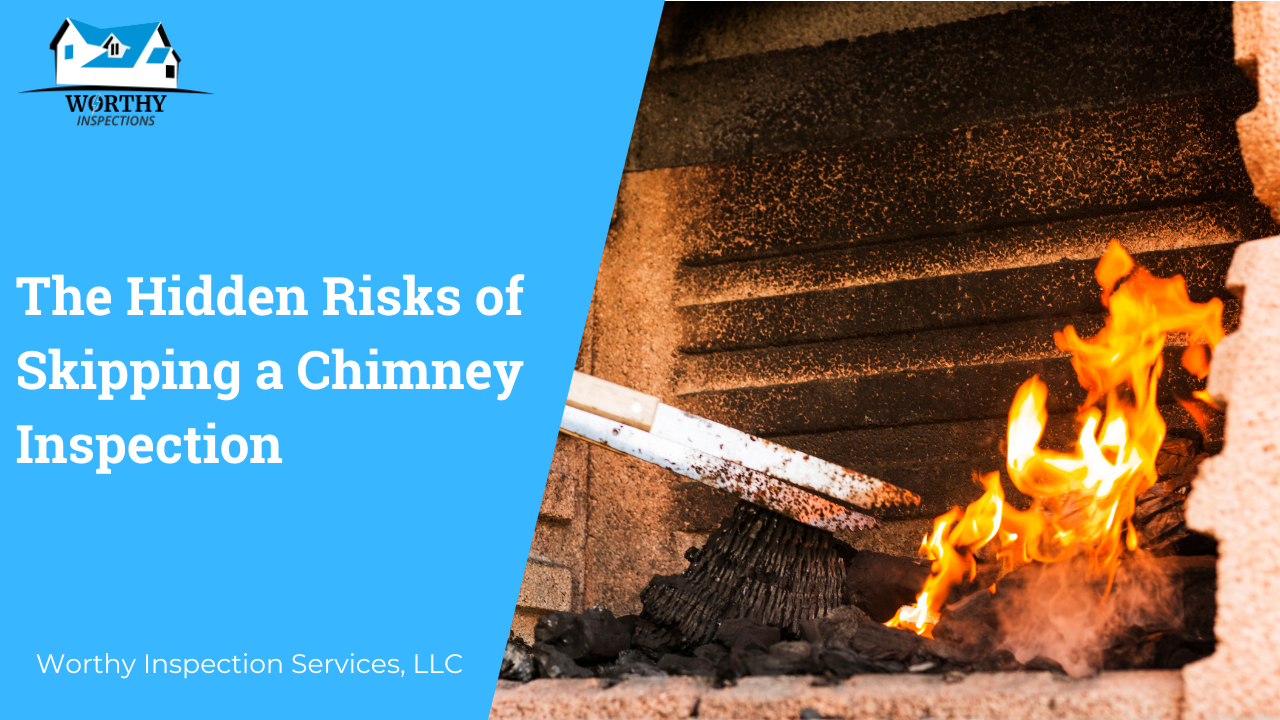Did you know that chimney fires cause more than 25,000 house fires in the U.S. each year? A chimney inspection is a detailed review of the structure and function of your home’s chimney, performed by certified professionals to spot safety hazards, efficiency problems, and hidden damage. Skipping this step may expose your family to fire, toxic gases, costly repairs, and even insurance headaches.
Find out how regular chimney checks can prevent fires and costly damage.
What Happens During a Chimney Inspection?
Many homeowners don’t realize how thorough a professional chimney inspection services can be. Depending on your home and usage, inspectors perform different levels of service:
- Level 1 Inspection: A basic, visual check of accessible areas of your chimney, fireplace, and flue. Ideal for routine maintenance.
- Level 2 Inspection: More in-depth, often including a camera to spot hidden issues inside the flue. Recommended after natural disasters, home sales, or when problems are suspected.
- Level 3 Inspection: The most comprehensive, sometimes requiring partial removal of walls or masonry to diagnose serious structural concerns.
During an inspection, experts look for creosote buildup, blockages, cracks, leaks, poor ventilation, or damaged mortar. Often, chimney cleaning and inspection are paired together to remove hazards while ensuring your system works efficiently.
What Can Happen If You Skip an Inspection?
Skipping a chimney inspection might seem harmless, but the consequences can be serious and costly, including:
Fire Hazards: The Creosote Culprit
Burning wood releases creosote, a sticky, tar-like substance. Over time, it coats the inner walls of your chimney, waiting for a hot spark to ignite. Chimney fires can hit 2100°F and spread in seconds, threatening lives and homes. Cleaning and inspecting together stops tragedy before it starts.
Silent Poison: Carbon Monoxide
A blocked or failing chimney can let carbon monoxide, an odorless killer, seep inside. With symptoms hard to detect and fatal outcomes all too common, regular checks are critical for safety.
The Price of Damage
Tiny cracks allow water to seep in, causing it to freeze and expand, leaving stains on entire walls and ceilings. Chimney damage can silently erode a house’s foundation and rack up repairs that could shatter your savings.
Pests and Blockages
Birds, squirrels, and nests are common culprits for blocked chimneys. These unwanted visitors risk pushing smoke and toxins back into your rooms, threatening health and increasing fire likelihood.
Trouble With Insurance
Many insurance policies require inspection records. Miss one, and you could be left footing the bill after fire or carbon monoxide damage, a cost nobody wants.
How Often Should You Get a Chimney Inspection?
Industry standards and the National Fire Protection Association recommend a professional inspection at least once a year, especially before winter when fireplace and stove use spikes. Heavy users may want to check more often to keep risks at bay. Regular inspection and cleaning preserves safety and prevents costly emergencies.
Signs You Shouldn’t Wait for an Inspection
Don’t wait for your yearly appointment if you notice:
- Smoke seeping into rooms instead of venting outdoors
- Musty or burnt odors coming from the fireplace
- Crumbling mortar or visible cracks in the chimney
- Draft problems or strange noises inside the chimney
These are red flags that need immediate attention.
Benefits of Regular Chimney Inspections
Regular home chimney inspections don’t just prevent problems, they bring peace of mind and added value:
- Safety first: Reduce the risk of fire and carbon monoxide exposure.
- Save money: Catch small issues before they turn into costly repairs.
- Healthier air: Keep harmful smoke and particles out of your living space.
- Increase home value: Well-maintained fireplaces and chimneys are a selling point for buyers.
When you add up the benefits, the cost of a yearly inspection is a small price to pay for protection and peace of mind.
Avoid Hidden Chimney Dangers!
Fire, carbon monoxide, pests, and structural damage, all can result from skipping a chimney inspection. These hidden risks threaten your home, health, and wallet, yet they’re entirely preventable. By scheduling regular inspections and cleanings, you secure safety, extend your chimney’s life, and enjoy worry-free fireplace use. Protect what matters most and make chimney maintenance a non-negotiable part of your home care routine.
Ensure Chimney Safety with Worthy Inspection Services
Hidden chimney hazards can threaten your home and health without warning. With Worthy Inspection Services, you gain professional expertise, thorough inspections, and peace of mind.
Don’t risk your family’s safety, contact us today and keep your fireplace safe, clean, and ready for cozy nights ahead.



Be the first to post a comment